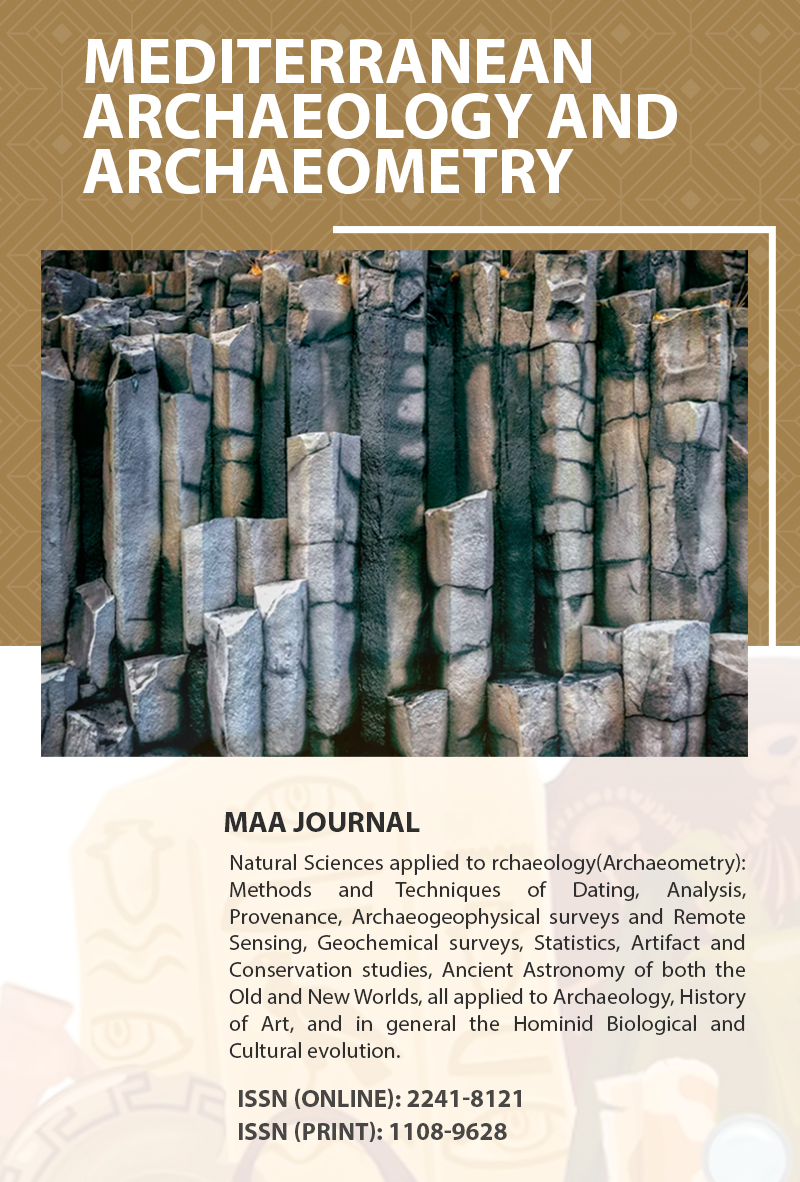RAISING PUBLIC AWARENESS OF AT-RISK CULTURAL HERITAGE THROUGH NEW METHODS OF DIGITAL ARCHAEOLOGY: THE CASE OF THE “FACES OF JULIOPOLIS” EXHIBITION
Main Article Content
Abstract
With the advent of new technologies, public archaeology events are undergoing rapid changes and diversification. Archaeologists are recognising that this technological utilisation, especially in collaboration with local communities for museum exhibitions, excavations, and research projects, unlocks unprecedented benefits in archaeological processes. These technologies not only increase the general public's appreciation for cultural heritage but also galvanise support for its protection, resulting in a win-win for all involved. The study detailed here, focusing on the Faces of Juliopolis Exhibition in two cities in Türkiye, collected original data from 45 visitors. It found that displaying archaeological human remains alongside digitally supported educational methods elicits positive responses, altering public views of Juliopolis and its ancient inhabitants. Although Juliopolis has grappled with considerable threats over the years, the study demonstrates that employing digital strategies in promotion and public engagement shows promise in overcoming Juliopolis' challenges and rallying support for its conservation. The study confirms the potential of Juliopolis to evolve from merely a location for scientific exploration into a living heritage site, embraced by a wide range of stakeholders. More broadly, this study adds to the existing body of literature, suggesting that as more researchers concentrate on incorporating digital technologies in archaeology and developing equitable public engagement practices, global awareness of archaeological heritage can expand. This approach holds particular appeal for younger generations, who can be drawn to archaeological sites and educated in heritage preservation by learning about, and empathising with the ancient inhabitants of these sites.

